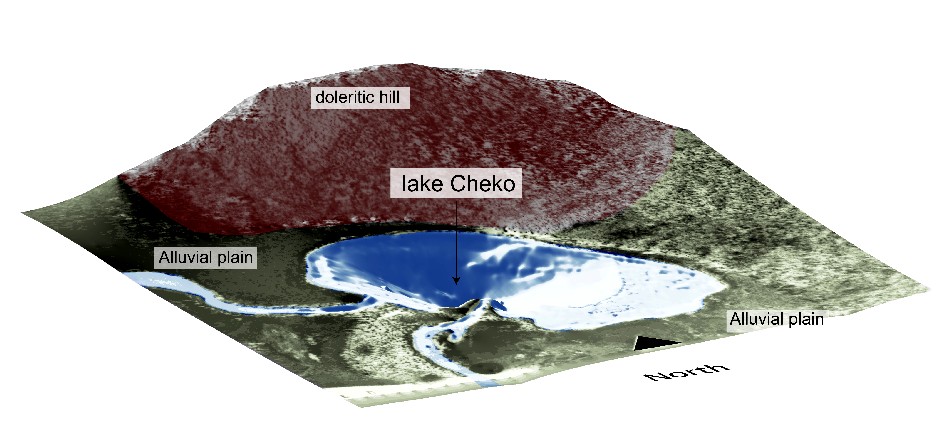

Fig. 1 3-D view of Lake Cheko superimposed on an aerial photograph collected in 1999.
The peculiar nature of the "soft" target, a wet, swampy forested ground underlain by a >20 m thick permafrost layer has
favoured an efficient energy transfer at a great depth and have attenuated the effects in the surroundings thus allowing
the survival of trees at a short distance from the impact. Dewatering and degassing of sediments and permafrost due to
the heat released by the impact followed by collapse of the walls of the crater, may well result in a crater morphology somewhat
different from that predicted by standard models. The chaotic deposits detected below the thin upper layer of lacustrine
sediments might represent material that collapsed and was reworked from the sides of the crater immediately following the
impact. This would explain the absence of an elevated rim.
To download a higher resolution image click here: 951 kb.